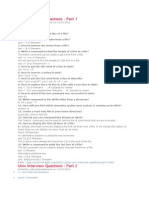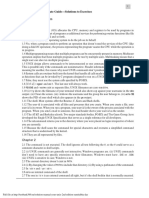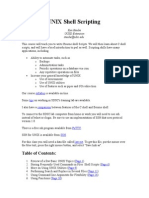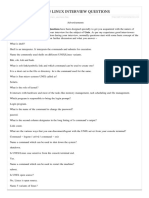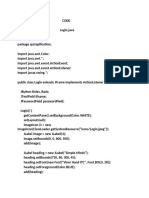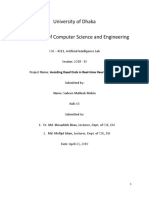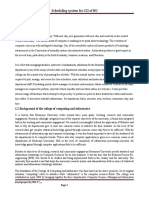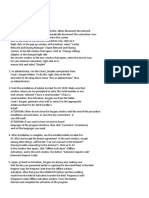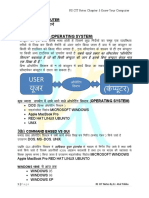0% found this document useful (0 votes)
62 views9 pagesUNIX - Questions and Practice Exercises
This document provides a comprehensive guide to UNIX basics, file manipulation, the Vi editor, and shell programming. It includes commands, exercises, and explanations for various tasks such as listing files, changing permissions, and scripting. The content is structured into sections covering different aspects of UNIX usage and commands.
Uploaded by
divyadara63Copyright
© © All Rights Reserved
We take content rights seriously. If you suspect this is your content, claim it here.
Available Formats
Download as DOCX, PDF, TXT or read online on Scribd
0% found this document useful (0 votes)
62 views9 pagesUNIX - Questions and Practice Exercises
This document provides a comprehensive guide to UNIX basics, file manipulation, the Vi editor, and shell programming. It includes commands, exercises, and explanations for various tasks such as listing files, changing permissions, and scripting. The content is structured into sections covering different aspects of UNIX usage and commands.
Uploaded by
divyadara63Copyright
© © All Rights Reserved
We take content rights seriously. If you suspect this is your content, claim it here.
Available Formats
Download as DOCX, PDF, TXT or read online on Scribd
/ 9











